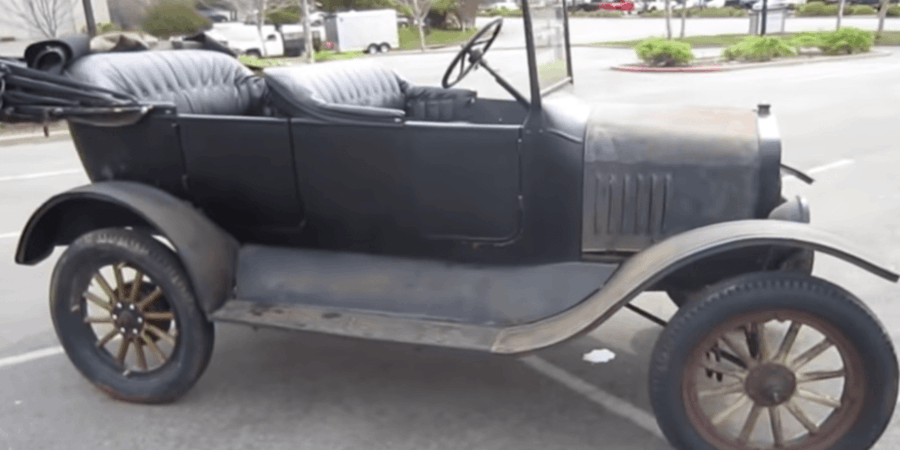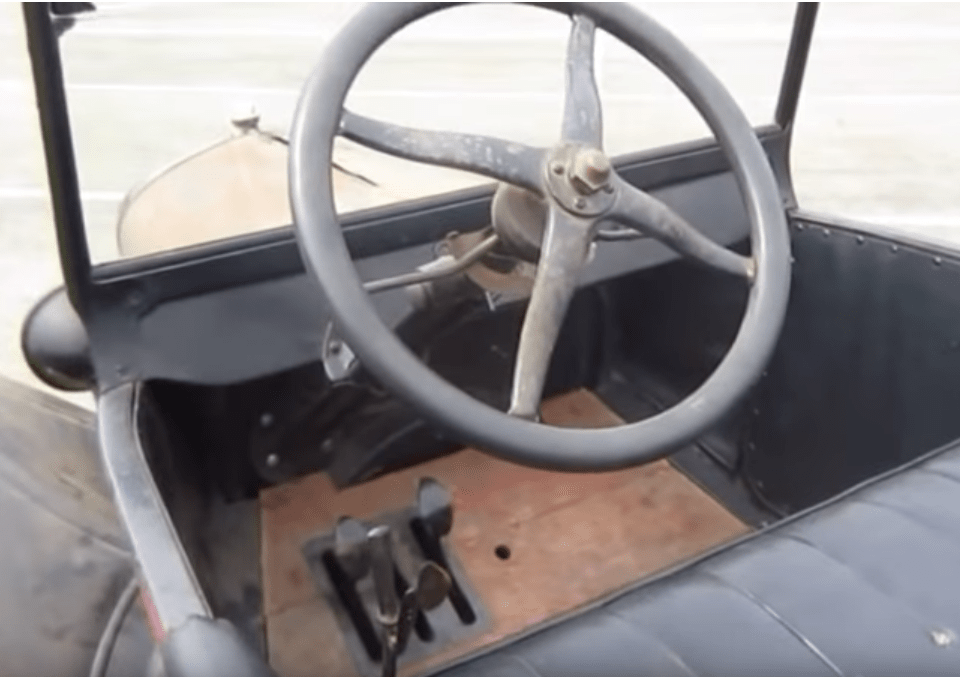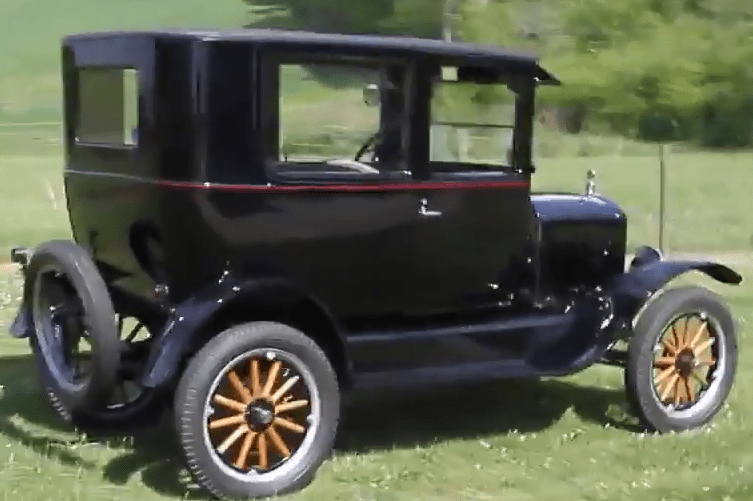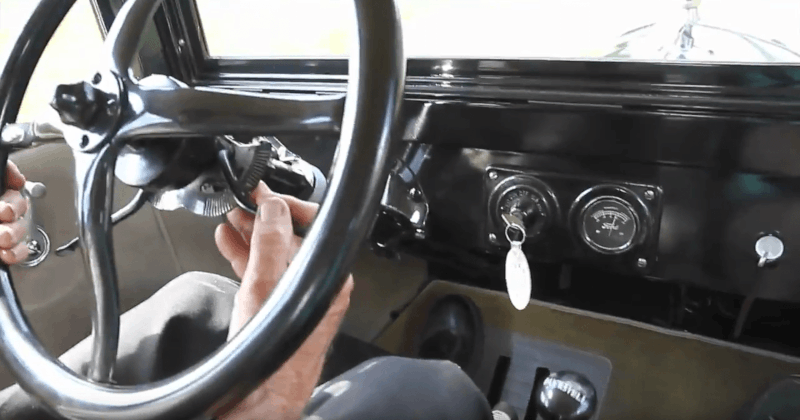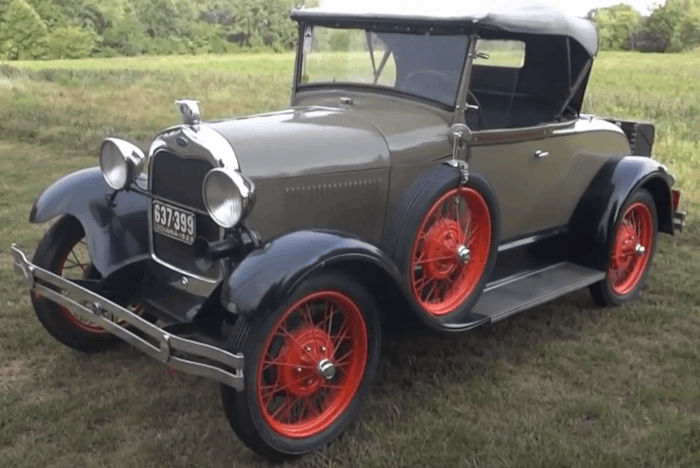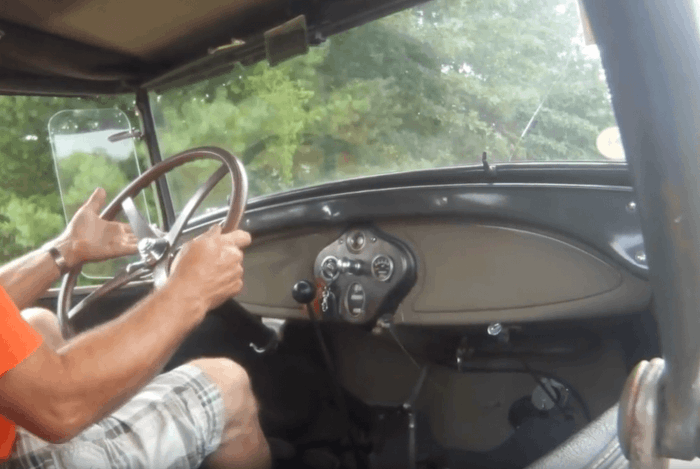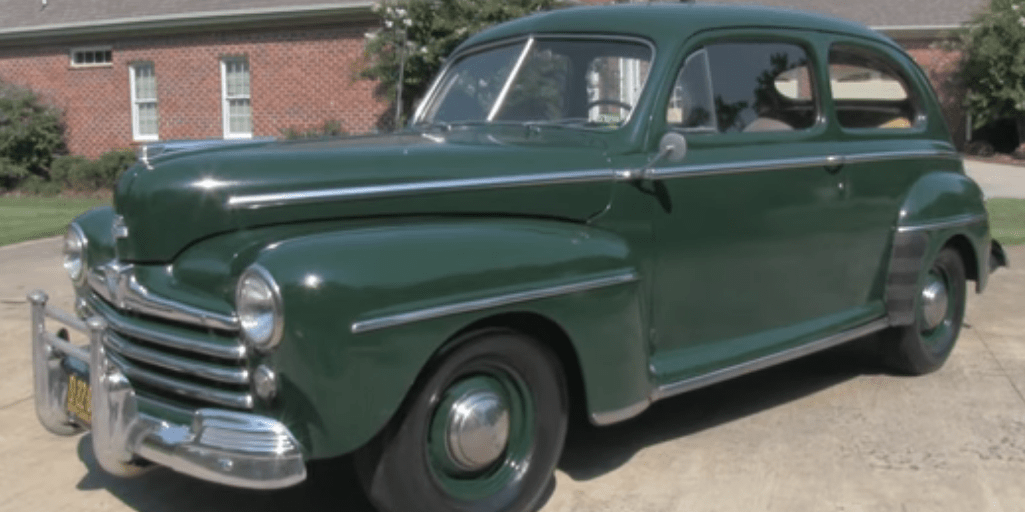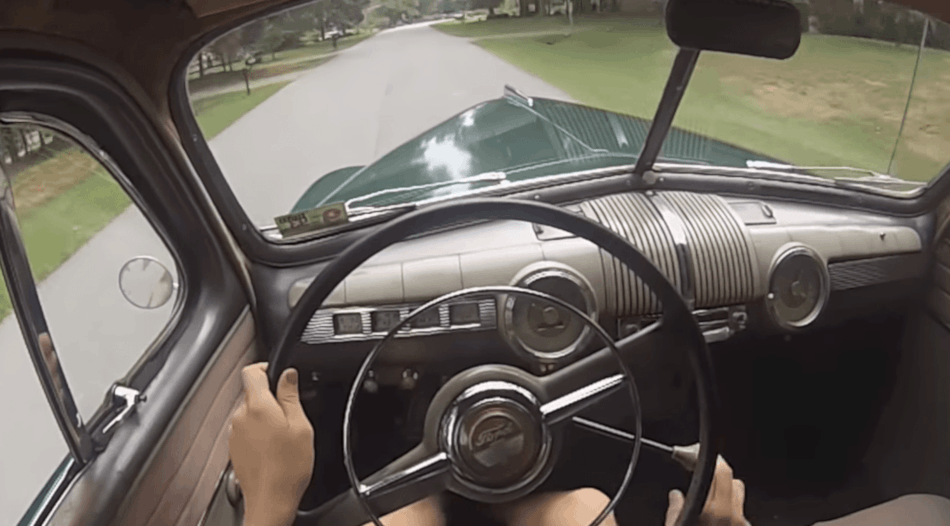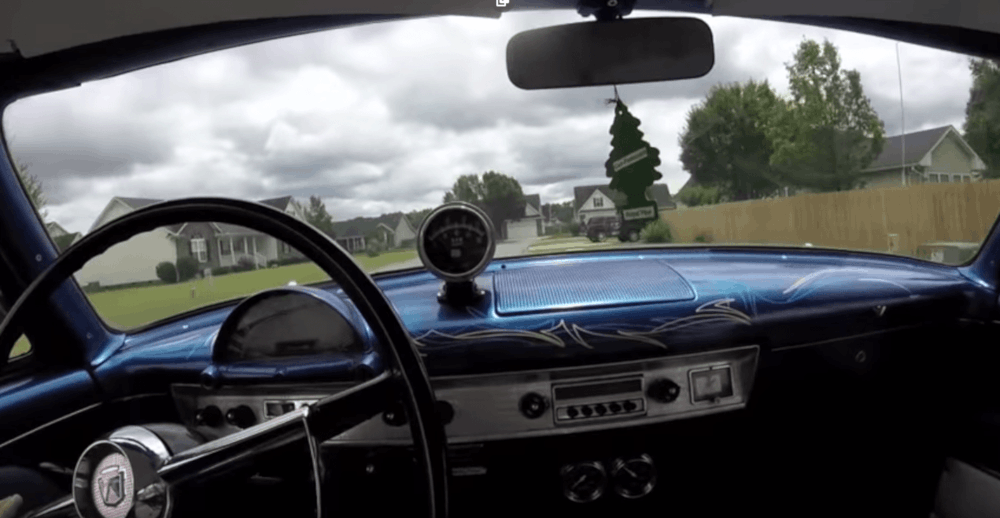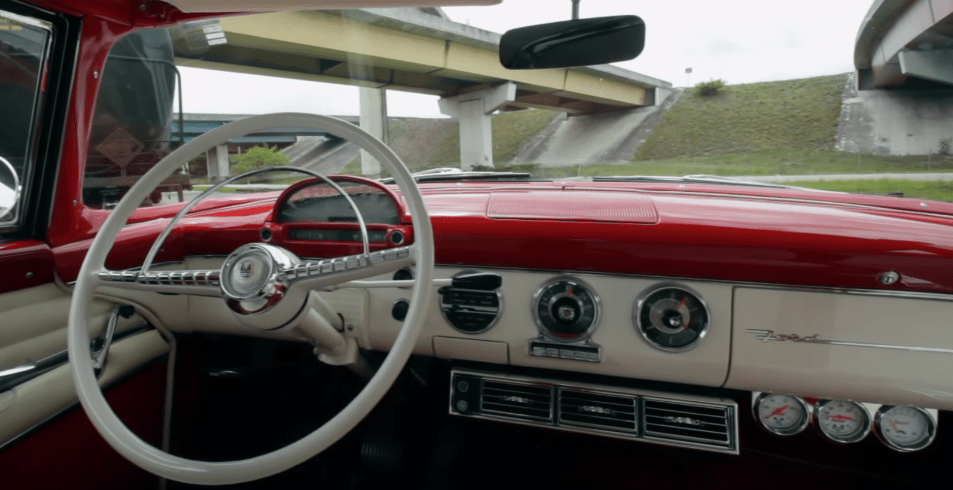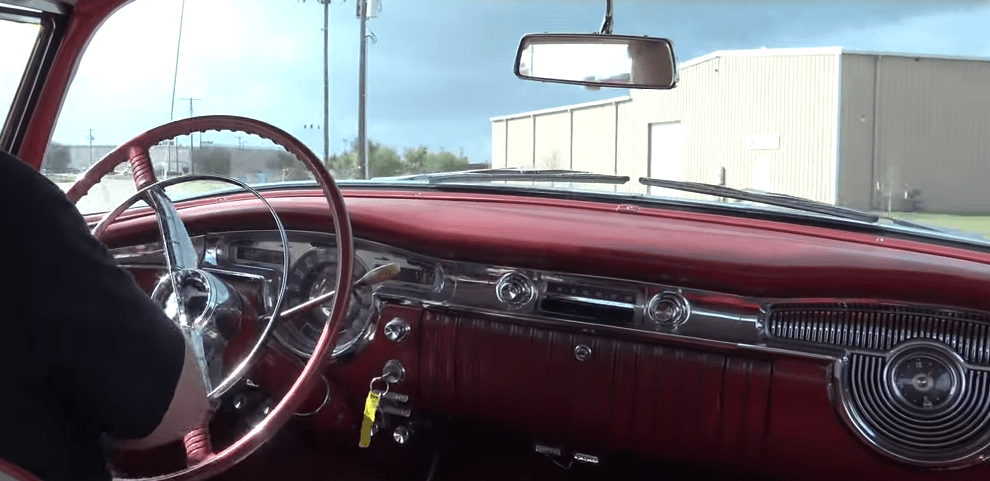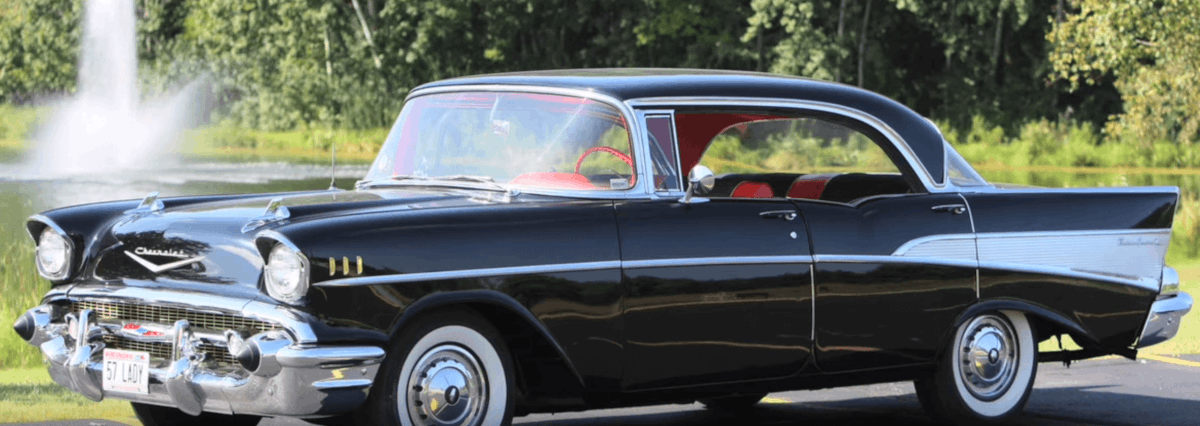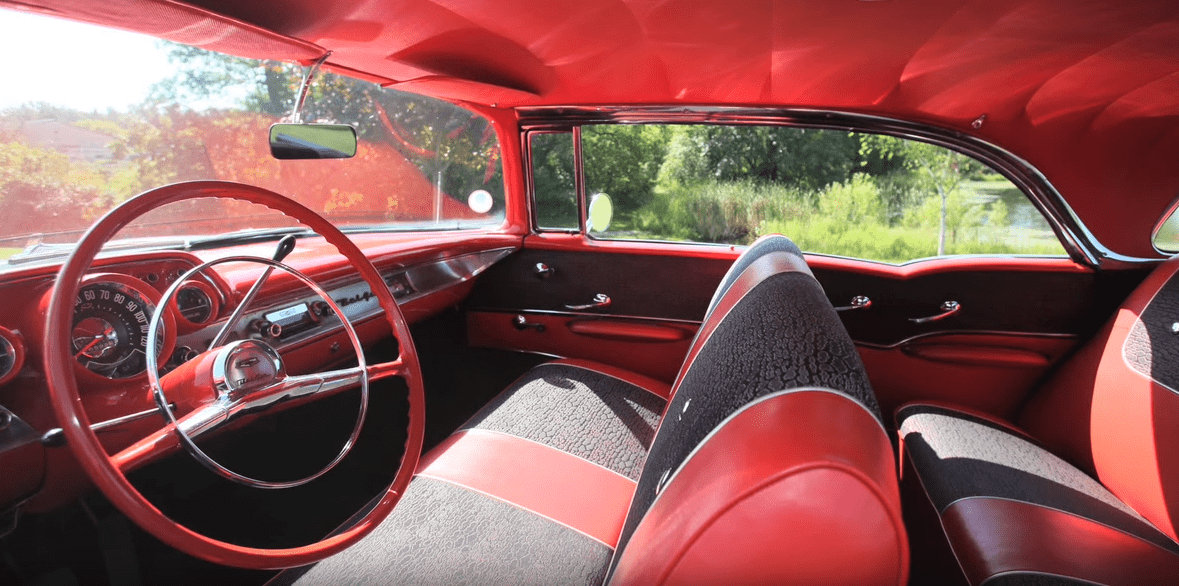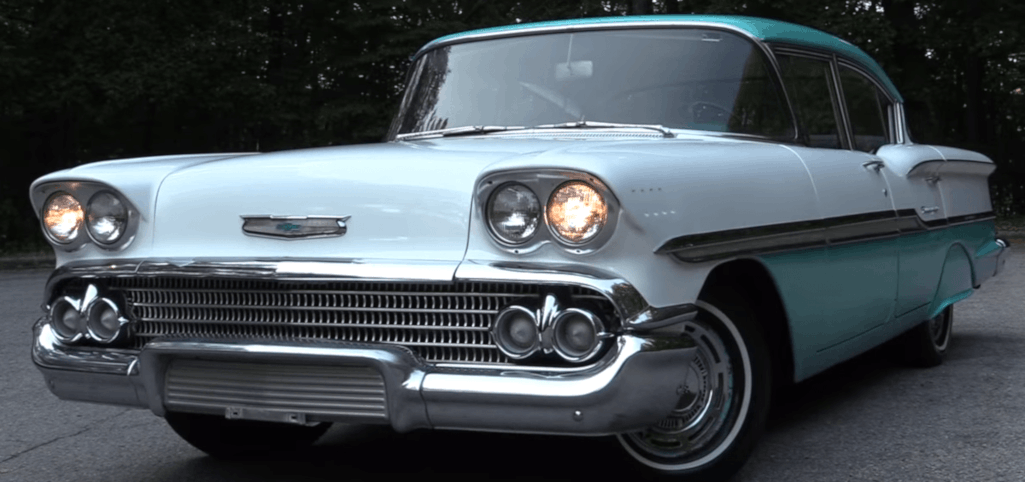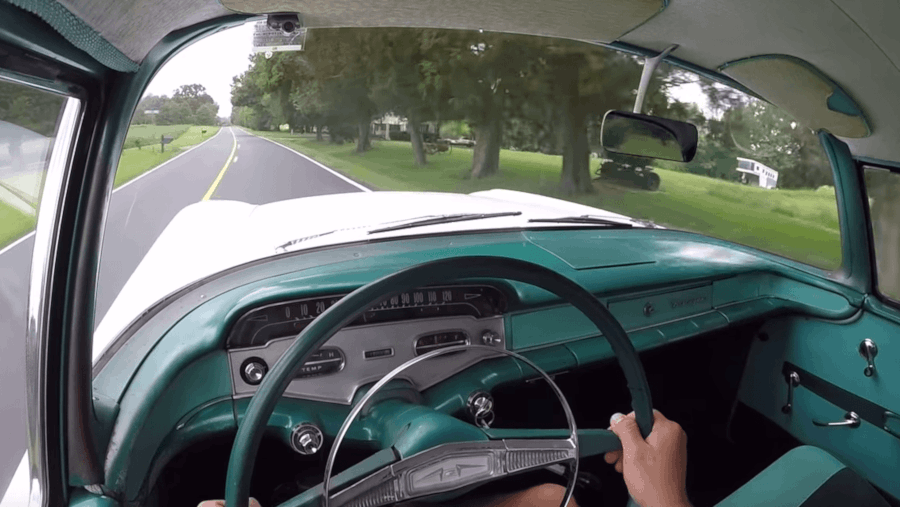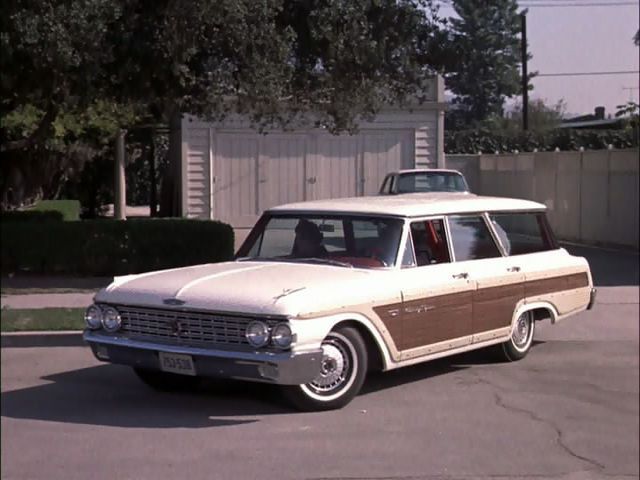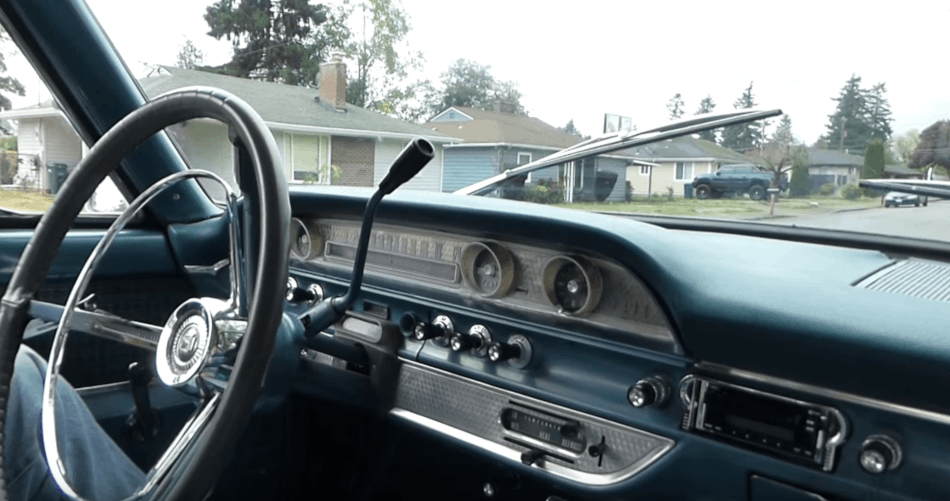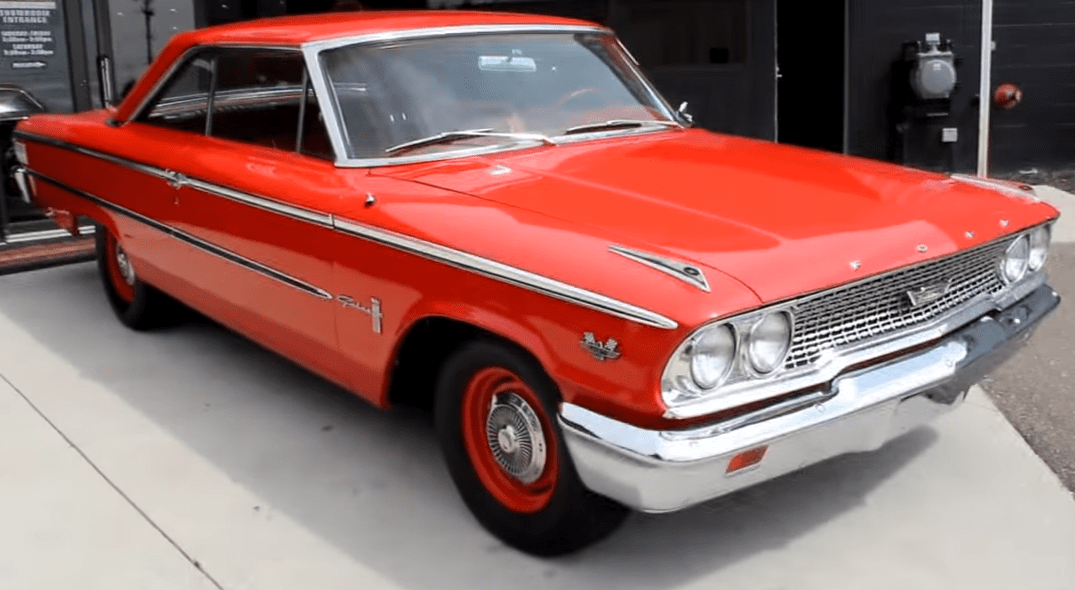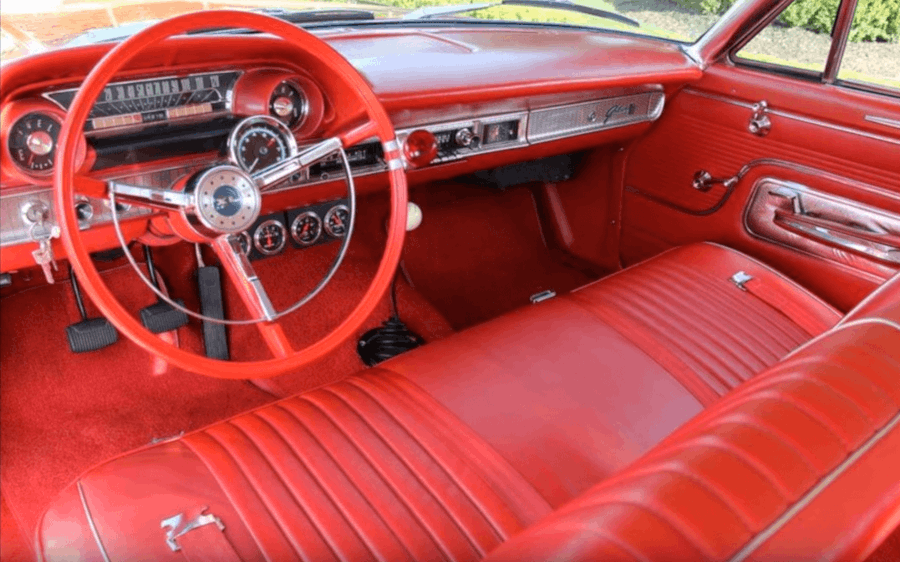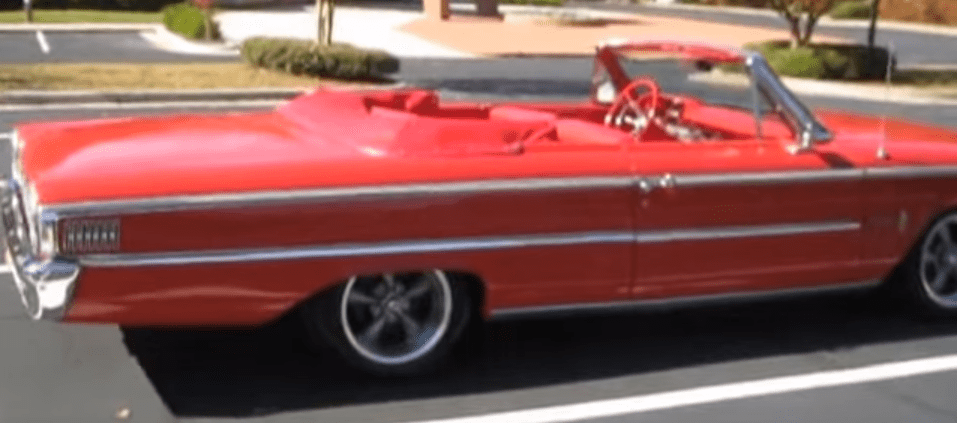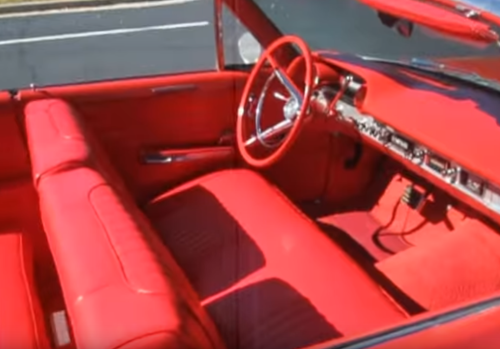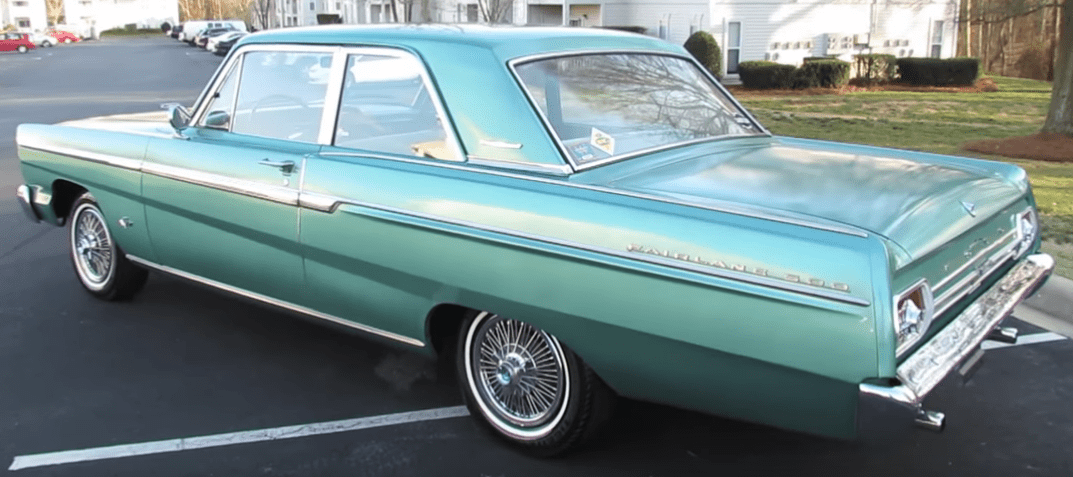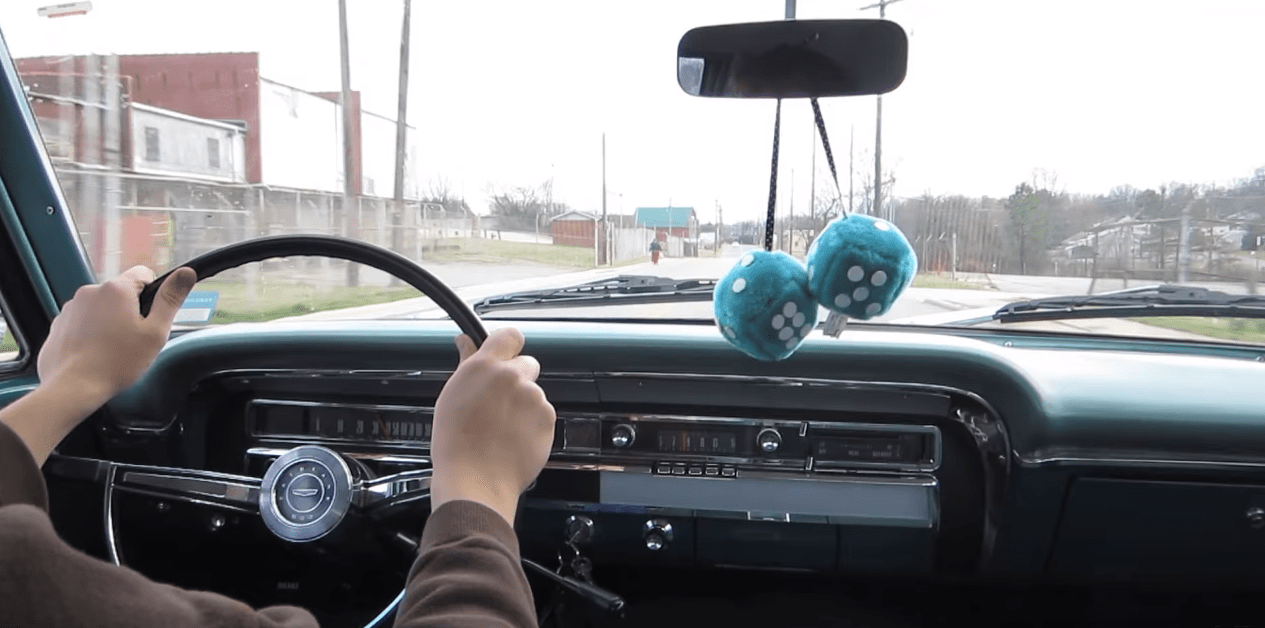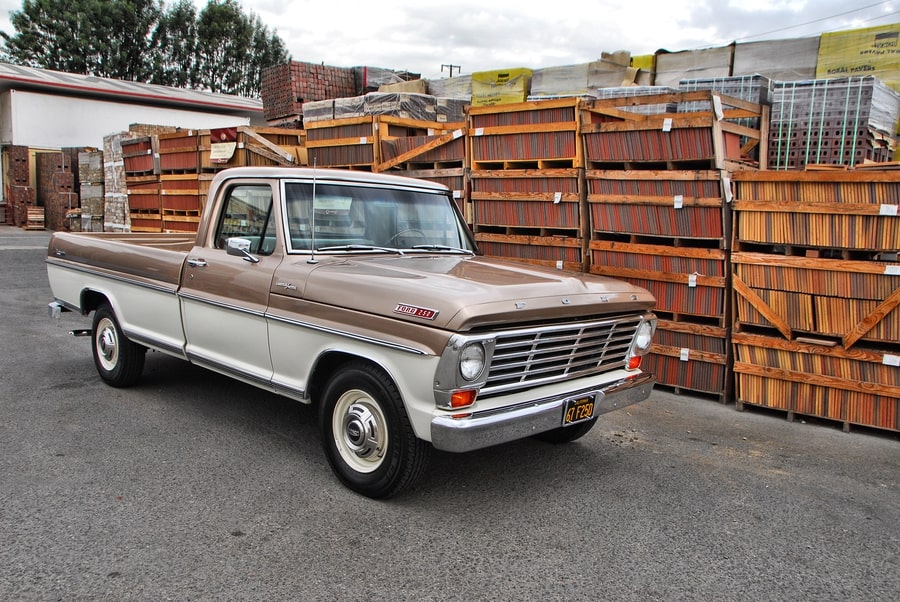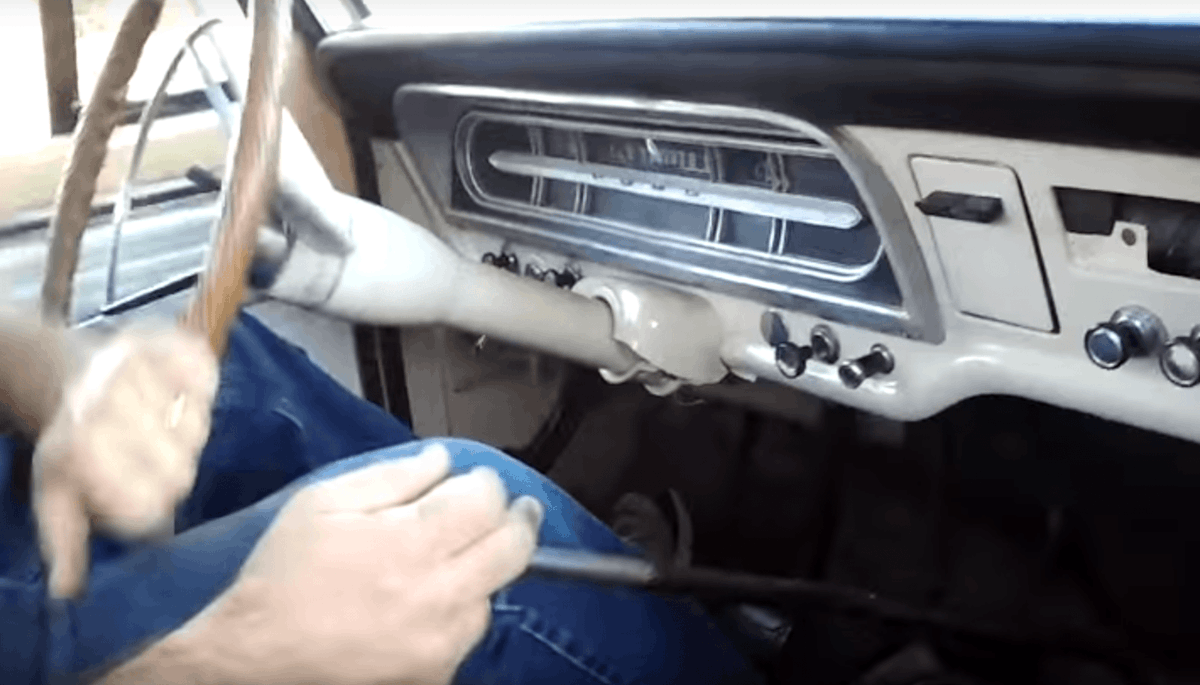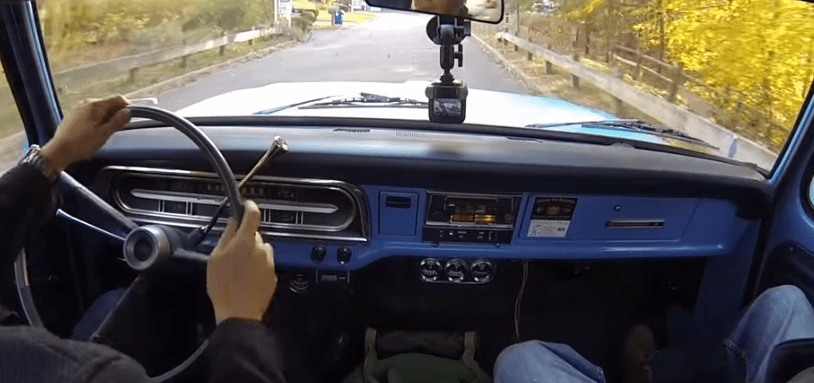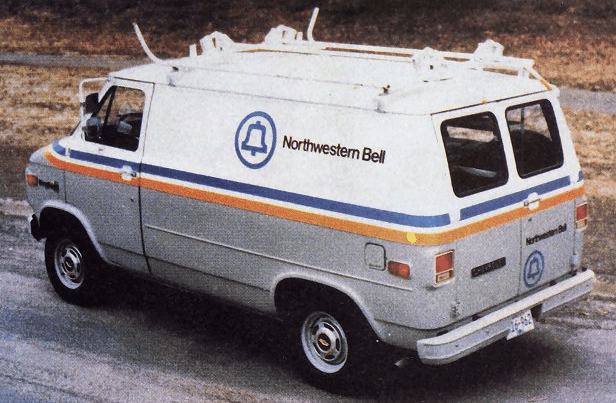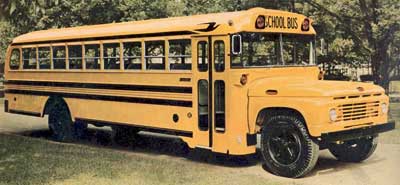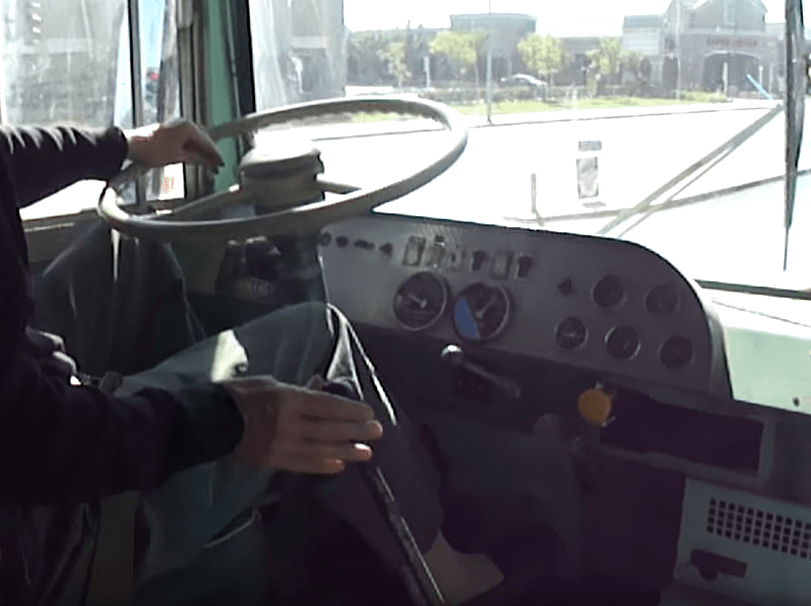Classic Cars
Question: Why drive classic cars?
Answer: Because they're better.
Okay, that's a subjective answer, but classic cars are more than just valuable pieces of automobile history. Classic cars were built (as were most things at the time) with a certain pride and dedication that has all but disappeared from American manufacturing today. That being said, classic cars are not for everyone.
Here are a few advantages of classic cars:
- Visual appearance
- Bench seats in the front (as opposed to bucket seats)
- Novelty and uniqueness
- Operational longevity
- No unnecessary add-ons
- Can't be hacked
- Value
- Most are manuals, not automatics — 3-on-the-tree manuals are way more fun to drive — click on the picture of the 1948 Ford to see why!
- Other drivers, dreading the liability of crashing into you, might well stay away
Here are a few of the downsides of classic cars:
- Upkeep and maintenance (i.e. repairs)
- Fuel efficiency
- Most cars built before 1965 lack seat-belts
- Fewer safety features
- Do not crumple in a crash — this means you will!
Personally, I am partial to cars manufactured between the 1930s and the late 1960s, and the advantages of using classic cars far outweigh the risks.
I prefer cars with bench seats in the front (as opposed to bucket seats) with 3-on-the-tree manual transmission (the gearshift lever is on the steering column rather than the floor), common in vehicles from the late 1930s through the late 1970s. I'm not a fan of manuals where the gearshift lever is on the floor.
Here are a few of my personal favorites — that will likely end up in my garage some day:
Not all of these are classic cars, or even cars for that matter. Below is the assortment/fleet of vehicles I hope to eventually obtain.
*Click for Drive Test Video (if applicable)
**Interior photo is not from the same vehicle as the exterior photo
